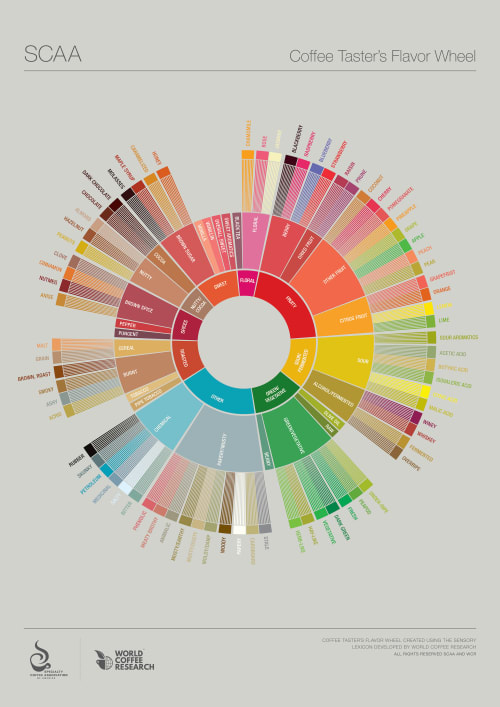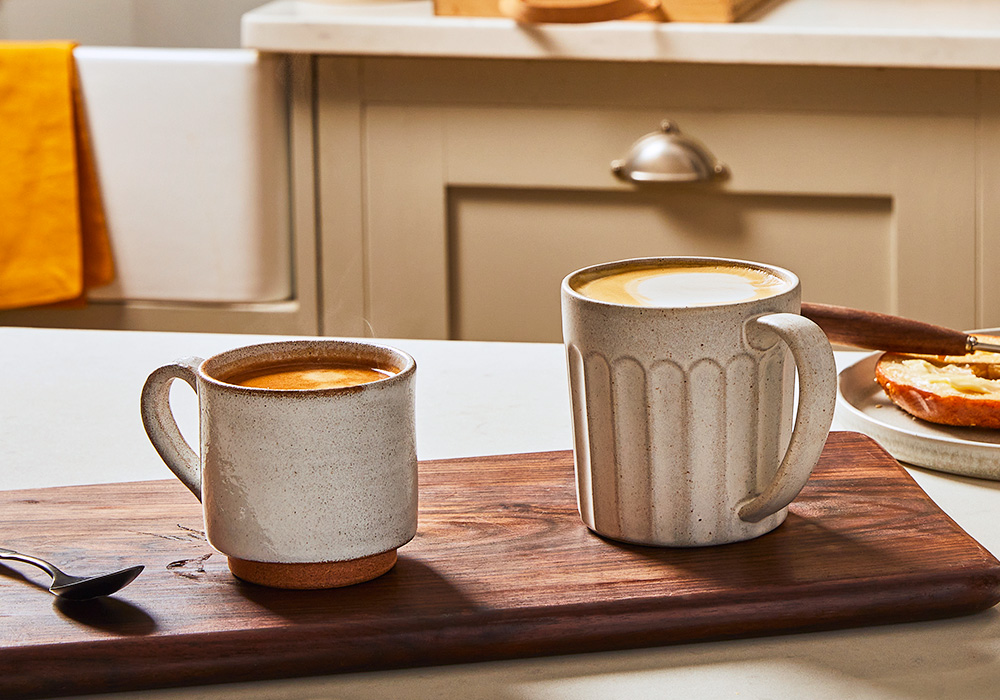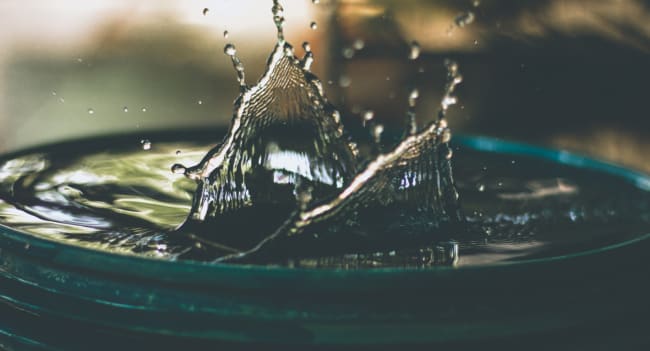All you need to try ‘coffee tasting’ is A) a cup of coffee and B) your memories of flavours you’ve experienced before. This blog will help you out with that, but it’ll also explain how professional coffee tasters do it (and why they call it “cupping”!).
Flavoured coffee?
Forget your vanilla syrup and chocolate sprinkles - we think coffee has enough flavour in it already. If you don’t think so, it might be because you’re used to beans that have been over-roasted - or, to be blunt, burnt!
Big global companies buy bad quality beans, masking and homogenising their flavour by roasting them excessively dark. It keeps their costs low, and their profits higher - and keeps consumers in the dark about how coffee should taste.
We don’t do that - we roast lightly, tailoring it each time to bring out the inherent flavour notes of each individual coffee. Because, the truth is, there’s a whole world of variety!
When you see Head of Coffee Will describing a coffee as tasting like apple strudel or chocolate brownies, that’s him picking up on the tastes that he’s recognised in a “cupping” - a methodical way of assessing a coffee’s flavour, acidity, mouthfeel and general quality.
Coffee flavour wheel

A quick look at this coffee flavour wheel will give you an idea of the potential flavours lurking in your cup of filter - from pleasant tastes like pineapple, to unpleasant ones like petroleum! But at the end of the day, it’s all about making comparisons.
But it’s not just flavours that are determined in a cupping. Coffee tasters will also take note of…
- Acidity
Is the coffee sharp/bright or is it milder and round? This is one of the main ways coffee is evaluated, and can include comparisons ranging from lemon zest to garden peas.
- Mouthfeel/body
How does it feel in your mouth? Heavy and dense, or light and bright? Our coffees are often “silky”, or “syrupy” - as long as you describe the sensation, it’s valid.
- Sweetness
What kind of sweetness does the coffee have? Caramel and apples are sweet in very different ways, as is honey and brown sugar - so being specific is important.
Coffee cupping - our technique
In order to pick out the taste notes, acidity, mouthfeel and sweetness you see on your coffee cards, the roastery team carry out a cupping session. Here’s how they do it (maybe grab yourself a fresh cup to get through this!):
- Separate out a sample of wholebean coffee, to check for defects (insect damage, discolouration etc.) - if a bean has any, it’s removed to prevent contamination of the cup. This coffee should be roasted between 8 and 24 hours before the cupping.
- A small amount of ‘purge’ coffee is put through the grinder before the main sample, to avoid cross-contamination. Then the main sample is ground slightly coarser than cafetiere grind, no more than 15 minutes before pouring water in - or 30 minutes, if the samples stay covered (this keeps the aromas from dissipating).
- 14g of coffee is added to two to five cups are prepared to increase the statistical relevance of the cup attributes. If a defect is detected in 1 out of 1 cups, that a 100% occurrence - but it might not mean the whole lot is.
- The first step is for cuppers to smell the fragrance of each cup of dry grounds - this is to activate the olfactory bulb.
- After this, off-the-boil water is poured in sequence - cup by cup, from the same height, to a uniform volume (250ml of water to 14g of coffee, or to the ratio 1:17.65). Fill all cups in under 2 mintues.
- As soon as the water hits the grounds in the first cup, start a stopwatch.
- After 4 minutes, it’s time to break the crust - i.e. the layer of floating coffee grounds. Take your cupping spoon, dip it into the cup on the side closest to you, and push the surface grounds away and under three times. During that, get close and breath deep to assess the aroma.
Top tip: the aroma and the fragrance from Step 4 combine to make the bouquet. It’s important to assess the bouquet as 90% of flavour is detected through the nose - without it, all you get are the five or six primary tastes: sweet, sour, bitter, salty, umami and (arguably) starchy.__ - After you’ve recorded that, skim off the remaining floating grounds and trapped gasses using your cupping spoons and dispose of them.
- Then you’re ready to taste. Work left to right, half-filling your coffee spoon and slurp loudly (and obnoxiously) to fully coat the inside of your mouth with coffee vapours - dipping your spoon in a water bowl to rinse it off.
- Hold the coffee in your mouth and ‘chew’ on it for a while to force the vapours back into your nose, so you can more accurately detect and score the flavour, aftertaste, acidity, body, uniformity, balance, sweetness, cleanness, and remove any points for defects. You’ll end up with a mark out of 100.
- You then taste again at 40-50 degrees, and at room temperature - as a lower temperature makes it easier to detect defects.
And there you have it! A pretty complex procedure - but definitive (if geeky) proof that there’s a real science to coffee tasting. So when you next try a coffee that we’ve said has pineapple and grapefruit flavour notes, don’t scoff!
Instead, brew yourself a cup and take some time to try and pick out these tastes - or any others that come to mind.





